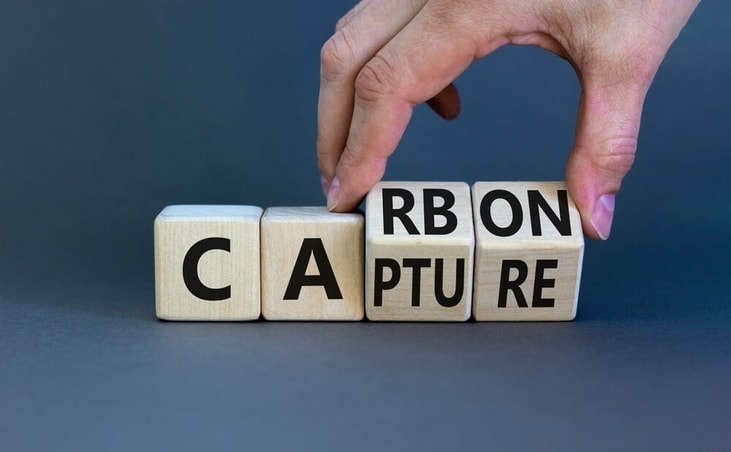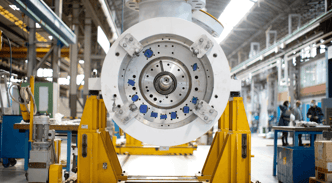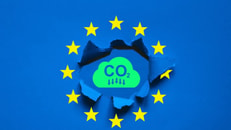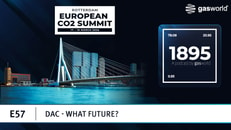Technip Energies launches Capture.Now CCUS platform
Energy transition technology specialist Technip Energies has announced the launch of Capture.Now – a strategic platform that combines its carbon capture, utilisation and storage (CCUS) solutions to support global decarbonisation efforts.
According to the International Energy Agency (IEA), a CCUS capacity of 7 Gtpa (gigatonnes per annum) will have to be reached by 2050 to reach global Net Zero targets.
Technip Energies’ portfolio of ongoing FEED (Front-End Engineering Design) and EPC (Engineering, Procurement and Construction) projects contribute to capture more than 30 Mtpa (million tonnes per annum) of carbon dioxide (CO2).
These projects include the company’s large Blue H2 facilities (ExxonMobil Baytown site) and carbon capture units for power or waste-to-energy facilities that use the Shell CANSOLV technology.
... to continue reading you must be subscribed
























